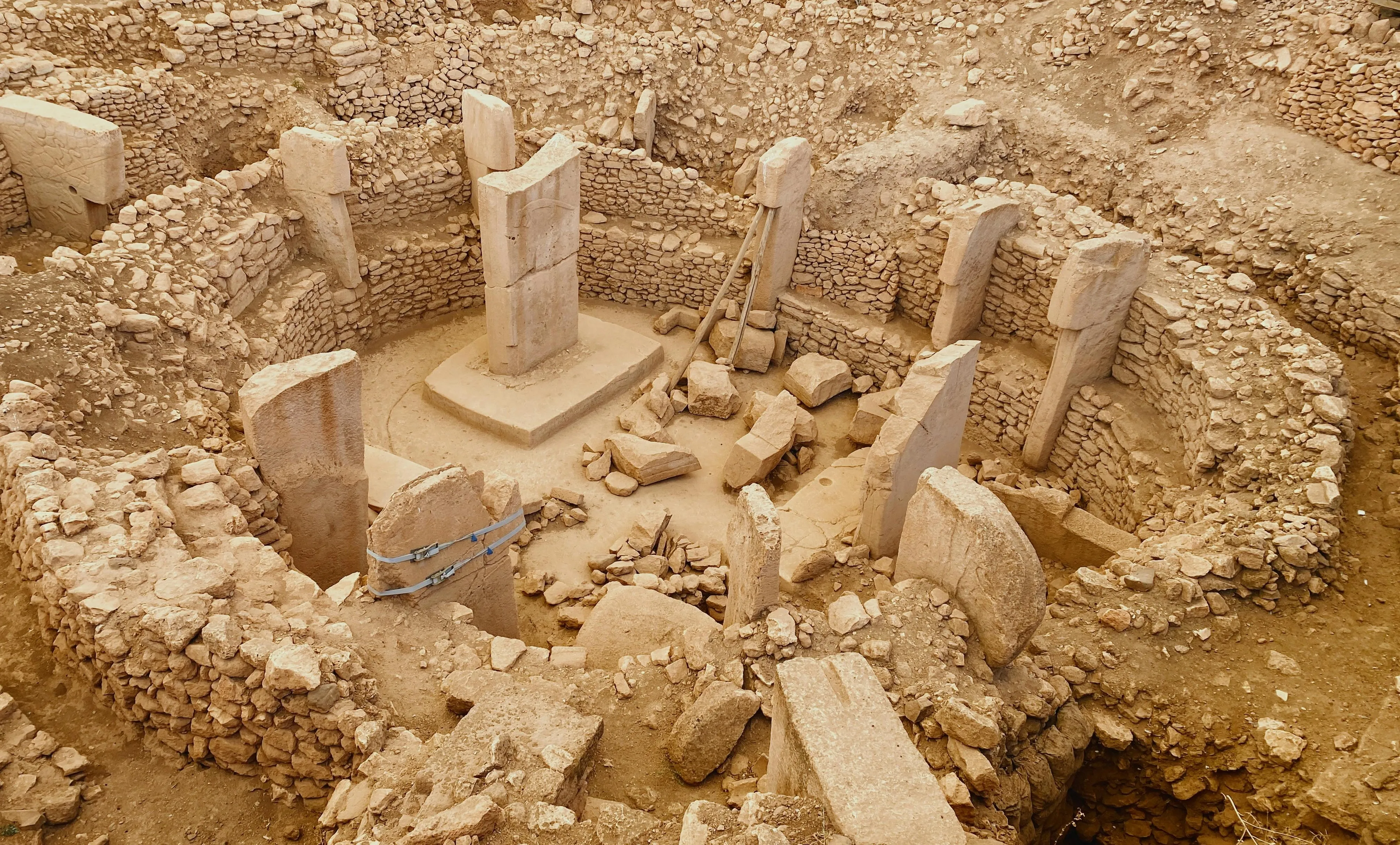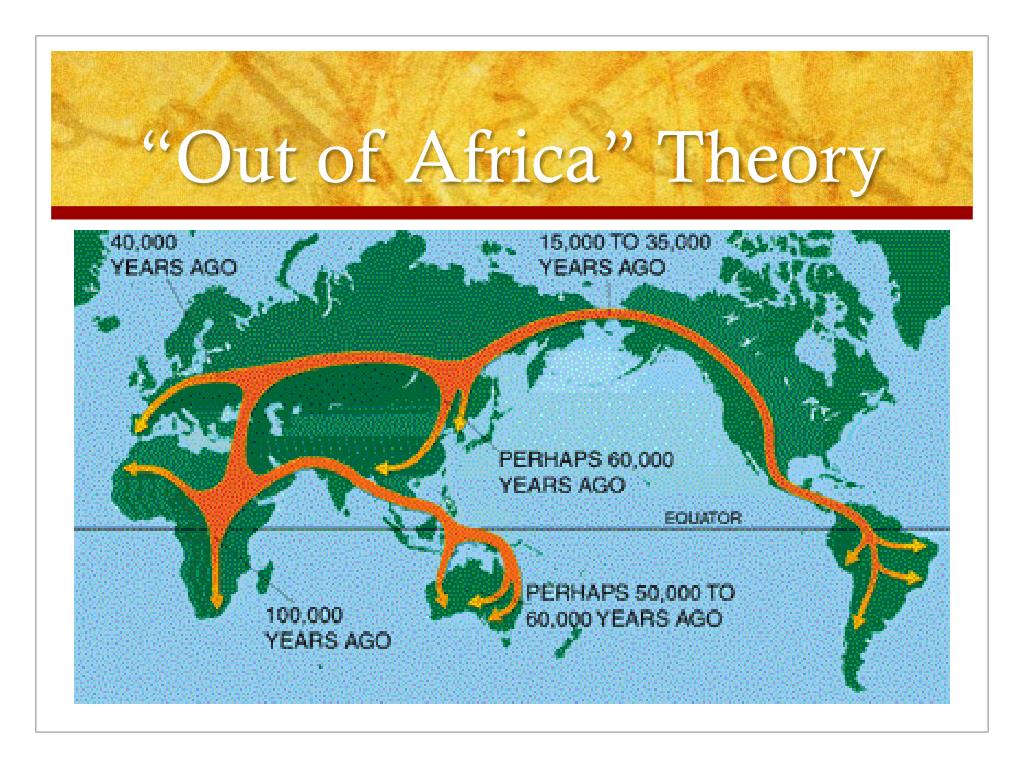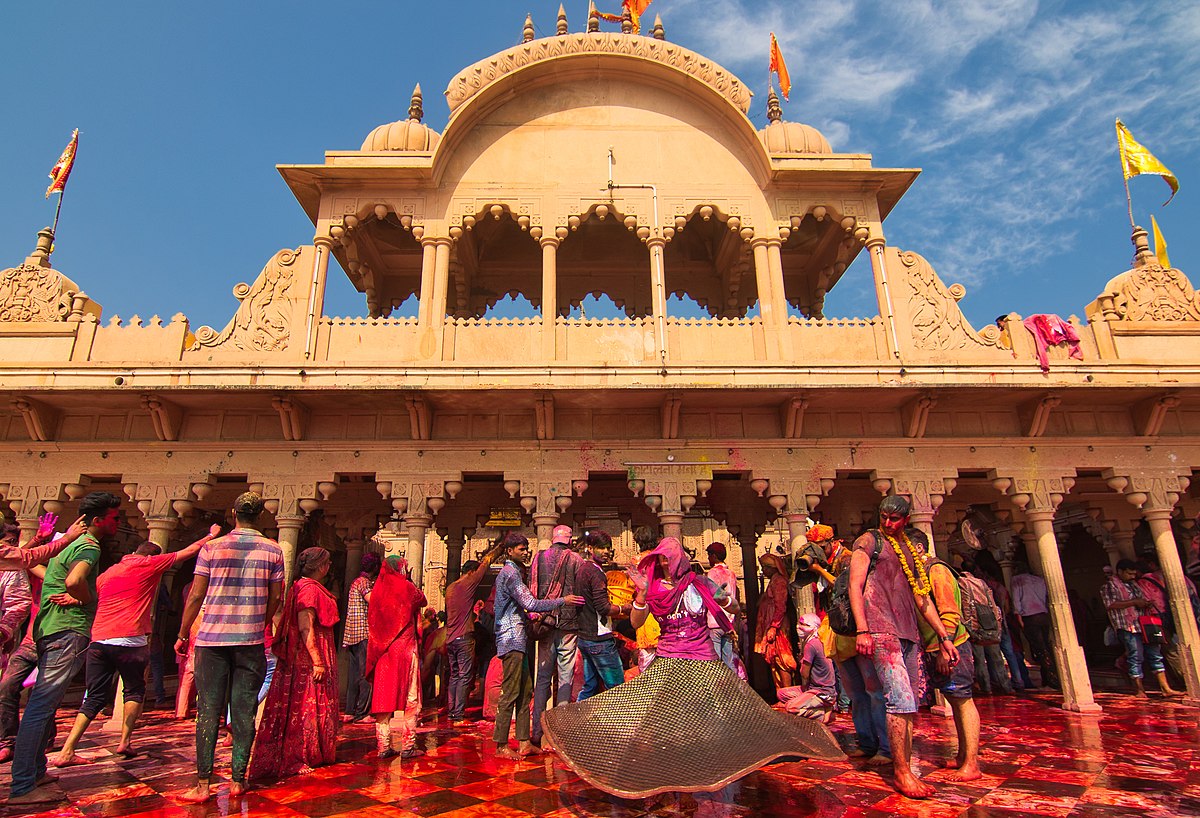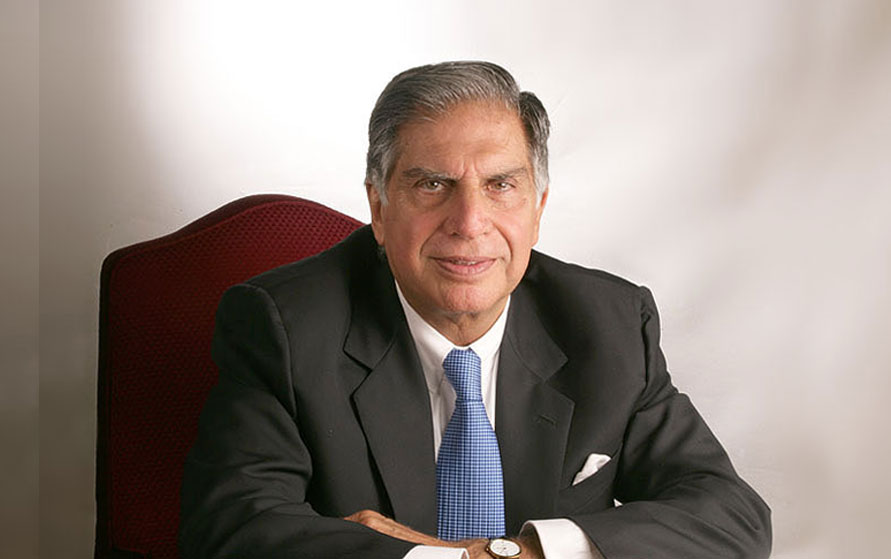The Evolutionary Roots of Modern Halloween

The Ancient Celtic Festival of Samhain
Halloween, as we know it today, originates from the ancient Celtic festival of Samhain (pronounced "sah-win" or "sow-in"), marking the definitive end of summer and the eerie beginning of winter. This pivotal festival was celebrated over 2,000 years ago, primarily in Ireland, to ward off malevolent spirits and honor the deceased.
A Time of Spiritual Convergence
The Celts believed that on Samhain, the veil between the living and the dead was at its thinnest. This fragile boundary allowed for an unsettling intermingling of the mortal world and the realm of the spirits. The Celts saw this convergence as an opportunity to communicate with their ancestors, seek guidance, and pay respects to those who had passed.
Rituals and Traditions
To ward off the malevolent spirits that roamed the earth on Samhain, the Celts employed various rituals and traditions. These included:
- Donning disguises and costumes to deceive spirits and blend in with them
- Lighting bonfires to symbolize the light of life and protect against darkness
- Leaving food and drink offerings for the spirits of the dead
- Divination rituals to predict the future and understand the will of the gods
These ancient customs have evolved over time, influencing the modern-day celebrations and traditions associated with Halloween.
As we delve deeper into the history of Halloween, it becomes clear that Samhain's legacy extends far beyond its origins. The festival's themes of mortality, spiritual connection, and communal celebration continue to captivate us, echoing through the centuries.
Christian Influence and the Emergence of All Hallows' Eve
The Syncretism of Samhain and Christian Traditions
As Christianity spread its roots across Europe, the early Christian church sought to eliminate the pagan traditions of the indigenous populations. However, instead of eradicating these customs entirely, the church opted for a more strategic approach. It merged the existing festivals with Christian holidays, thereby creating a blend of pagan and Christian practices.
The Fusion of Samhain with Christian Holidays
Early Christianity merged Samhain with two significant Christian observances: All Saints' Day (November 1) and All Souls' Day (November 2). All Saints' Day, also known as All Hallows' Day, honored Christian martyrs and saints, while All Souls' Day paid tribute to the deceased faithful. The Evolution of All Hallows' Eve The evening before All Saints' Day became known as All Hallows' Eve, which was later shortened to Halloween. This designation signified the vigil or eve of the holy day. Over time, the term Halloween became synonymous with the festivities and rituals associated with October 31.
The Spread of a Syncretic Tradition
This blend of pagan and Christian traditions spread throughout Europe, as Christianity continued its expansion. The celebration gained popularity in England and Scotland, where the Scottish Reformation had a profound impact on the observance of Halloween. The tradition was further influenced by European folklore and superstitions. A Legacy of Syncretism Today, Halloween is celebrated globally, with diverse cultures contributing their unique twists to the holiday. The legacy of Samhain and its fusion with Christian traditions serves as a testament to the power of syncretism – the blending of different beliefs and practices. This synthesis has transformed Halloween into the vibrant, multifaceted celebration we know and enjoy.
Halloween's Journey to America
Halloween, as we know it today, is a blend of ancient traditions and modern cultural influences. The festival's evolution in America is a fascinating story that reflects the country's melting pot heritage.
European Roots Take Hold
In the 19th century, European immigrants, particularly from Ireland and Scotland, brought their Halloween customs to the United States. These traditions, forged in the ancient festivals of Samhain, merged with American culture. The celebration initially took hold in cities with large Irish and Scottish populations, such as New York City, Boston, and Philadelphia.
A Post-War Cultural Shift
Following World War II, American society underwent significant cultural changes. The 1950s saw a rise in suburbanization, consumerism, and mass media. Halloween, with its unique blend of spooky and family-friendly elements, capitalized on these shifts. The holiday's popularity soared as Americans sought community-oriented activities and entertainment.
Commercialization and Cultural Evolution
The commercialization of Halloween played a pivotal role in its widespread adoption. Companies recognized the potential for profit in costumes, decorations, and candy. This led to increased marketing efforts, further solidifying Halloween's place in American culture. Television shows, films, and theme parks also contributed to the holiday's growing appeal.
As Halloween became more mainstream, its cultural significance evolved. The holiday transformed from a primarily ethnic celebration to a national event, embracing diverse traditions and interpretations. Today, Halloween is celebrated by people of all backgrounds, with Americans spending billions of dollars annually on festivities.
Modern Halloween Traditions
Halloween, as we know it today, has undergone significant transformations since its ancient origins. Contemporary celebrations have evolved into a vibrant fusion of traditions, reflecting the holiday's global appeal.
The Enduring Allure of Costumes and Disguises
One of the most distinctive aspects of modern Halloween is the art of costume design. Elaborate outfits, ranging from supernatural creatures to pop culture icons, allow participants to assume alternate identities. This tradition traces its roots to the ancient Celtic practice of donning disguises to ward off spirits and blend in with the Otherworld. Today, costumes serve as a creative expression of individuality, self-expression, and communal celebration.
Trick-or-Treating: A Sweet Evolution
Trick-or-treating, a cornerstone of modern Halloween, has its origins in the medieval Christian practice of "souling." During this tradition, poor people would go door-to-door, receiving food and other treats in exchange for prayers for the dead. The modern iteration, influenced by Scottish and Irish customs, has children (and adults!) visiting neighbors, collecting candies and other sweets. This practice has become an integral part of Halloween's communal spirit, fostering social connections and neighborhood bonding.
Haunted Attractions: Thrills and Chills
Haunted houses, hayrides, and other spooky attractions have become a staple of modern Halloween. These events provide a controlled environment for experiencing fear and adrenaline, tapping into our primal fascination with the unknown. This phenomenon can be linked to the ancient Celtic practice of honoring the Otherworld, where the veil between worlds was at its thinnest. Today's haunted attractions serve as a thrilling reminder of Halloween's darker, mystical roots.
A Global Celebration: Diverse Interpretations
As Halloween's popularity spreads globally, diverse cultural interpretations have emerged. From Mexico's Día de los Muertos (Day of the Dead) to Japan's Obon Festival, various traditions have infused Halloween with unique local flavors. This blending of cultural practices reflects the holiday's ability to transcend borders and adapt to different societal contexts.
In conclusion, modern Halloween traditions represent a dynamic fusion of ancient customs, cultural exchange, and contemporary creativity. As the holiday continues to evolve, its global appeal and transformative power ensure its enduring place in our shared cultural landscape.
The Enduring Legacy of Samhain
As the modern world celebrates Halloween with gusto, few stop to consider the ancient origins of this beloved holiday. Despite its evolution over centuries, Halloween retains a profound connection to its Celtic roots in Samhain. This pivotal festival marked the transition from the warmth of summer to the darkness of winter, symbolizing the delicate balance between life and death.
Ancient Echoes in Modern Traditions
Despite its evolution, Halloween retains elements of its ancient Celtic roots. The modern holiday has absorbed and adapted various traditions, reflecting the dynamic interplay between cultural heritage and contemporary influences. Some of these enduring elements include:
- The Significance of the Autumnal Equinox: Samhain was originally celebrated on November 1st, coinciding with the autumnal equinox. This astronomical event marked the transition from light to darkness, mirroring the cycle of life, death, and rebirth.
- The Symbolism of Costumes and Masks: In ancient Celtic tradition, disguises were worn to ward off malevolent spirits and honor the ancestors. Today, costumes and masks continue to play a central role in Halloween celebrations, echoing this ancestral reverence.
- The Illumination of Lanterns: Carving lanterns from turnips and later pumpkins was a Samhain tradition, symbolizing the light that guides spirits through the veil between worlds. This practice has evolved into the decorative jack-o'-lanterns that adorn modern doorsteps.
A Global Celebration of Life, Death, and the Supernatural
The holiday continues to captivate people worldwide, honoring the intersection of life, death, and the supernatural. This universal appeal stems from Halloween's ability to:
- Confront and Celebrate Mortality: Halloween provides a unique opportunity to acknowledge and mock death, allowing us to momentarily transcend our fears and embrace the cycle of life.
- Honor Ancestral Heritage: By commemorating the ancestors and the spirit world, Halloween encourages a deeper connection to our collective past and cultural identity.
- Embrace the Mysterious and Unknown: The supernatural and fantastical elements of Halloween tap into our primal fascination with the unexplained, sparking imagination and creativity.
In conclusion, the legacy of Samhain endures, infusing modern Halloween celebrations with depth and significance. As we revel in the festivities, we honor not only the ancient Celts but also the timeless human experiences that unite us across cultures and centuries.

















Comments ()